
China Airborne, Again
There are some "marker industries" for China's long-term economic potential. This is one of them, and it is leaving a mark.
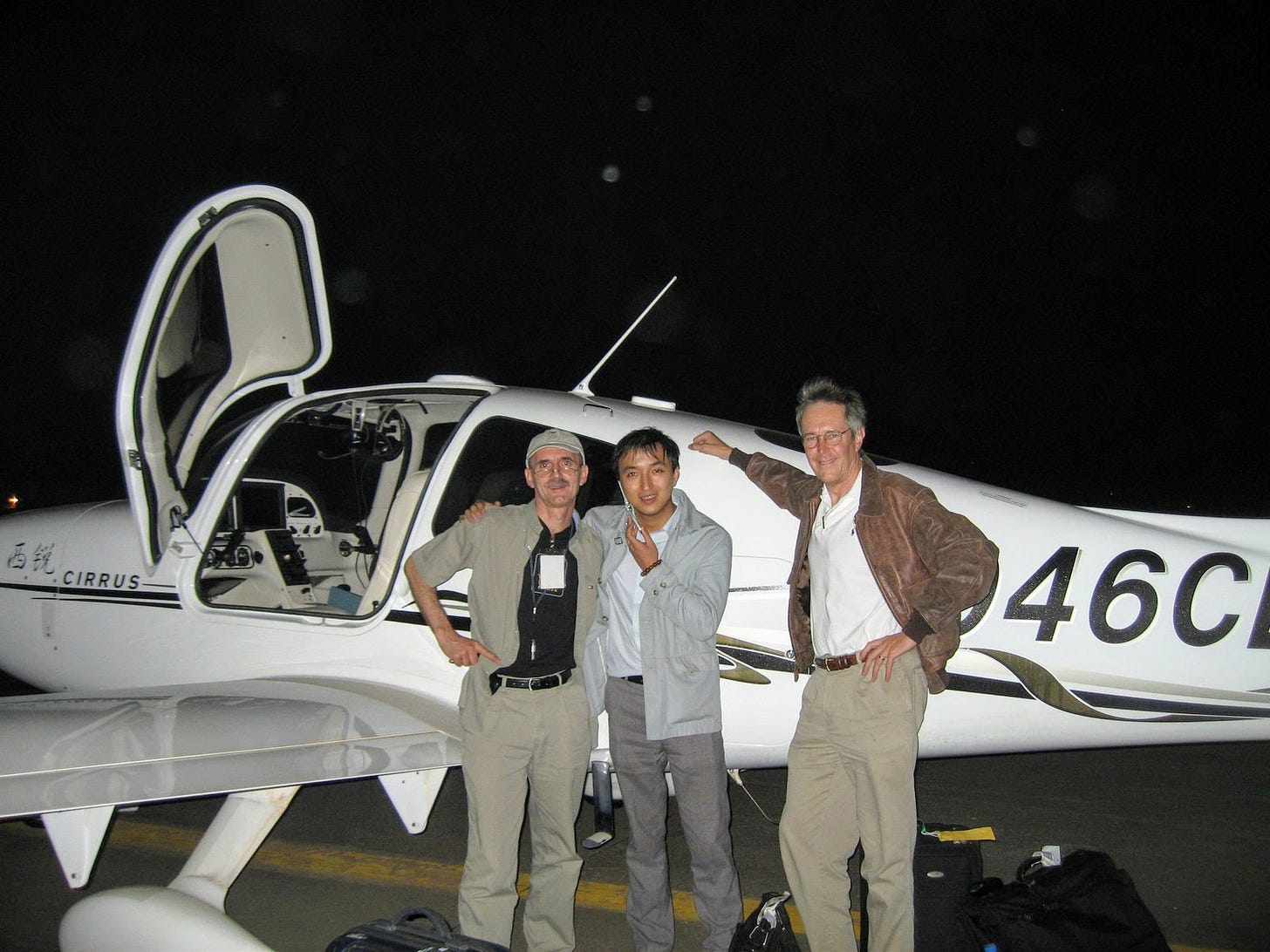
This post is off the U.S. political news of the moment, and about longer-term trends. It is about what the latest update on China’s aerospace progress tells us about its longer-term ambitions and possibilities.
Summary: complicated projects are hard, even for the Chinese.
China Airborne—back then.
The photo at the top of this post was from the most dangerous flight I ever took. It was in late October, 2006; I had arrived a few months earlier in China; and I was helping my dear friend Peter Claeys, wearing a hat at left in this photo, as he ferried a small airplane from Changsha, in central China, to a far southern Chinese airport near Hong Kong, for the Zhuhai airshow.
(I’m at right in that photo. Our friend Walter Wang, who rode in the back seat, is in the middle.)
Peter Claeys, who I am sad to say died in 2018, was then the dealer in Asia for Cirrus aircraft, the same kind I had owned and flown in the U.S. Thanks to my six years’ previous experience as a Cirrus owner in the U.S., I was, improbably, one of the most experienced Cirrus pilots anywhere within the region. I used to get email and phone offers all the time for an exciting new career as a freight pilot in China. One caller even thought to add the term, “Would you like to be a freight dog?”
Peter and I sat in the front seats for the flight together from Changsha to Zhuhai—he in the left seat, me in the right. The trusting Walter Wang was in the back. The three of us came closer to not surviving than in any other small-plane flight I’ve ever made. The expressions you see on our faces above are of genuine relief. I explain why we were so worried, and how we made it, in the first chapter of my book China Airborne, which I wrote in 2011 while we were living in Beijing and which came out in 2012.
‘Marker Industries.’
The point of China Airborne was that aerospace was one of several “marker industries” that would tell whether the Chinese economy could go from being a huge-scale, low-wage global subcontractor, to matching the U.S., Germany, Japan, and so on as a high-end, high-wage, global research-and-technology power.
My argument was that in these marker industries—aviation and aerospace, pharmaceuticals, high-end software, the university-research establishment—lasting success was harder than it seemed. Going from a peasant economy, to low-wage outsourced manufacturing, as China had done from the 1960s through the early 2000s? Very hard. Going from giant factories to world-standard research and design labs? Even harder — or so I argued.
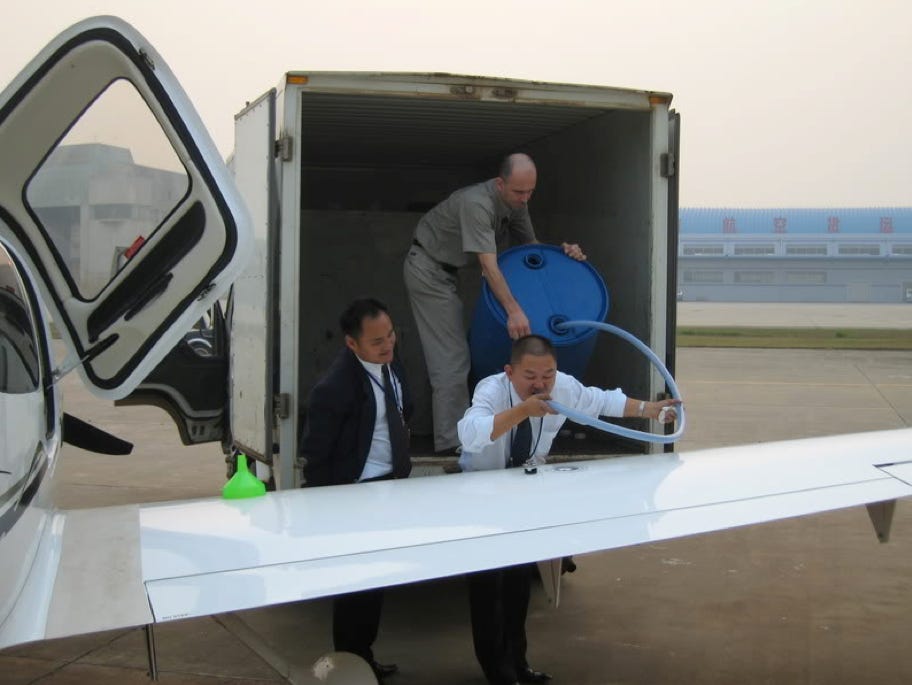
Why was this so hard? It was because so many different organizations had to work together so smoothly, in ways that were both informal and tightly regulated.
In aviation this meant that the military had to work with civilian authorities. Companies had to work with the government. Pilots had to work in give-and-take ways with air-traffic controllers. (U.S. controllers sequence airliners for landing with much, much less separation than controllers do at Chinese airports. That is because the pilots and controllers trust one another to keep the system running—safely. I talked about how and why in the book.) Regulators had to extend trust to a certain degree—but know when to crack down. It was not a coincidence, I argued, that around the world aviation safety had become a proxy for economic and technical sophistication in general. And I told the story of how Chinese airlines had gone from some of the most dangerous in the world, to some of the safest, through a barely publicized partnership with American institutions—the FAA, Boeing, United Airlines, and others.
My book China Airborne, which came out during the Romney-Obama re-election race of 2012, was received largely as a novelty item in the U.S. I was just back from China and went on the Colbert show, where he was mainly asking “Can you believe these wacky Chinese?” with their plan to build 100 new airports. It was the only one of my books that The Atlantic did not excerpt. The economist Tyler Cowen won my lasting gratitude by saying that this was “one of the best books on China (ever).”
But mainly, and properly, I joined the limitless crowd of people writing about China, and adding our triangulations to the endless efforts to provide a picture of China, through our own portrayals. (As my wife, Deb, did in her widely celebrated book, Dreaming in Chinese.) None of us will ever “understand” China. (See also: “understanding” America.) We’ll all add what we’ve seen.
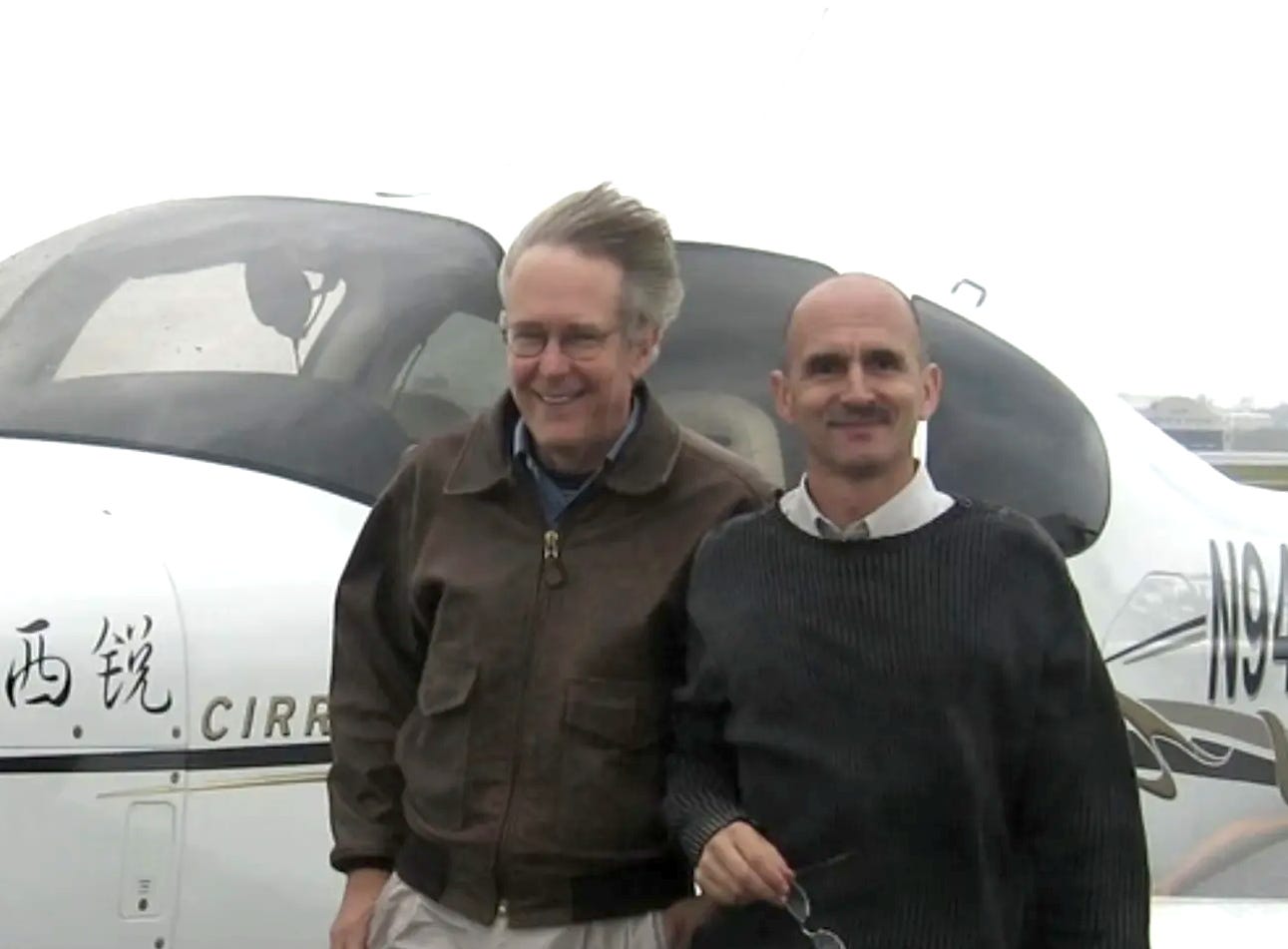
China Airborne—now.
This weekend the Financial Times has an excellent long article about how the Chinese aerospace industry has … found it harder to compete against Boeing and Airbus than Chinese leaders might have foreseen.
The article, by Arjun Neil Alim, is behind the FT’s no-exceptions, no-nonsense paywall, so I won’t quote from it at length. I will say that almost everything envisioned more than a decade ago as a possible obstacle to China’s entry into the Boeing/Airbus duopoly, has in fact proven to be a major problem.
For instance (and paraphrasing):
In 2012, I argued that the market for Chinese-made airliners seemed likely to be limited to China’s own regional carriers, plus the likes of Air Laos and others that depended on Chinese government aid. In 2022, that seems to be the case.
In 2012, it seemed to me (and others) that it would be hard for Chinese manufacturers to match the world-wide sales, supply, maintenance, and training network of Boeing and Airbus. In 2022, that’s a big problem.
In 2012, I argued that “Chinese”-made airliners were likely to be essentially envelopes containing high-value engines, avionics, software, and other components made in Europe or North America. In 2022, that’s the reality for China’s new “home-grown” airliner, the C919.
In 2012 and in fact for years before, the Chinese military was “preparing” to open its domestic airspace to private civilian aviation. In 2022 it is preparing still.
Update: the book also had a section on why China was likely to land a person on the Moon before it developed a full-scale rival to Boeing or Airbus. Short version: a moon-shot is an enormous, focused, centrally run, all-hands-on-deck effort, and a certain amount of trial-and-error is expected. (The “successful” U.S. moon missions involved several fatal setbacks.) By contrast, a full-scale aerospace system involves millions of passengers, thousands of airplanes, many thousands of crew, tens of thousands of daily takeoffs and landings, and many other elements all working in decentralized fashion at the same time—with an expected safety tolerance of zero. It takes a long time to get to this level.
If you can read the FT, I hope you’ll consult Arjun Neil Alim’s article for more. He confirms that almost every obstacle foreseen a decade ago has in fact impeded Chinese aerospace ambitions.
Does this mean that the Chinese economy has hit a ceiling in these extremely complex, multi-system, high-end global systems? Of course not. Nothing about China’s potential is limited or knowable. As I said in China Airborne, quoting my friend and mentor Liam Casey: the more you know about China, the less you know.
But it’s a reminder that every country has limits, and complications, and problems.
Until someone shows me a reason to think otherwise, I’m sticking to this hard-earned view: The U.S. looks most fragile and vulnerable from a distance. And most resilient, as you look case-by-case and up close.
And for China, the opposite.




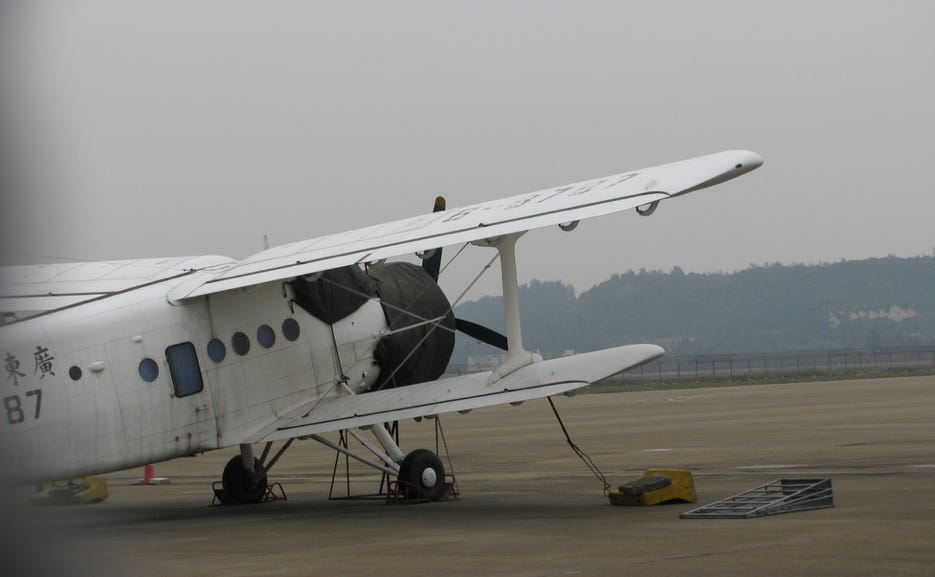





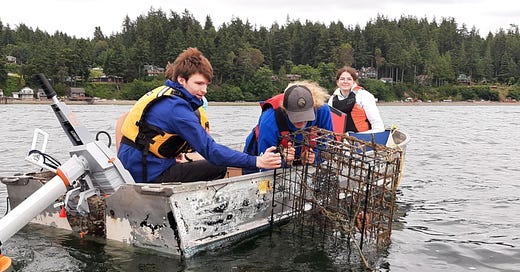

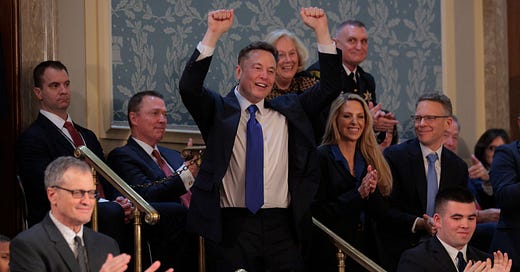



Damned interesting. And concise enough for me, as this is a subject where I would not want to go into the weeds.
But I really wanted to hear about your most dangerous voyage.
And, can't remember if I told you that after he'd been a radar mechanic, my father was an air traffic controller on one of the US bases in USSR during WWII. I didn't learn that until after he was gone; I think I learned it from Serhii Plokhi's Forgotten Bastards of the Eastern Front.
PS: I think you looked great with your hair that was not optimized for wind. I'm sorry about the loss of your friend.
That is an interesting biographical article, thank you for sharing! Also the picture of the hair in the wind is classic, would make an awesome t-shirt! :)
China is its history: imagine America in 10,000 years, the depth of culture and history. I studied 3 years ancient Chinese history and literature, Tufts U 1974 time period - it was grand and I recommend studying that curriculum to everyone. The ancient stories such as The Story of the Stone are cultural legends that inform China today.
The archaeology tells of ancient, fairly sophisticated cultures 70,000 years ago and older in that region.
Ordinary Chinese citizens refer to their hero origins like we refer to Paul Bunyan, a northeast US logger of legendary strength and courage.
The earliest Chinese literature such as The Story of the Stone, and the great literature until the present - highly recommended for many entertaining hours, to understand our world neighbor's soul.
“Perhaps my fellow humans whom the dream of life has ensnared may find in this tale an echo, may be summoned back by it to their true home; while free spirits of the high hills may find in the record of Brother Stone’s transformations, as in that older tale of the Migration of the Magic Mountain, a reflected light to quicken their own aspirations.”
― Cao Xueqin, The Story of the Stone: The Dreamer Wakes
Britannica: Dream of the Red Chamber, Chinese (Pinyin) Hongloumeng or (Wade-Giles romanization) Hung-lou-meng, novel written by Cao Zhan in the 18th century that is generally considered to be the greatest of all Chinese novels and among the greatest in world literature.
The Tao Te Ching (UK: /ˌtaʊ tiː ˈtʃɪŋ/,US: /ˌdaʊ dɛ ˈdʒɪŋ/; simplified Chinese: 道德经; traditional Chinese: 道德經; pinyin: Dàodé Jīng [tâʊ tɤ̌ tɕíŋ]
is a Chinese classic text written around 400 BC and traditionally credited to the sage Laozi
Lao Tzu quotes, goodreads:
“A good traveler has no fixed plans and is not intent on arriving.”
"Those who know do not speak. Those who speak do not know.”
“The truth is not always beautiful, nor beautiful words the truth.”
“Time is a created thing. To say 'I don't have time,' is like saying, 'I don't want to.”
“The best fighter is never angry.”
“Because one believes in oneself, one doesn't try to convince others. Because one is content with oneself, one doesn't need others' approval. Because one accepts oneself, the whole world accepts him or her.”
“A man with outward courage dares to die; a man with inner courage dares to live.”
“Care about what other people think and you will always be their prisoner.”